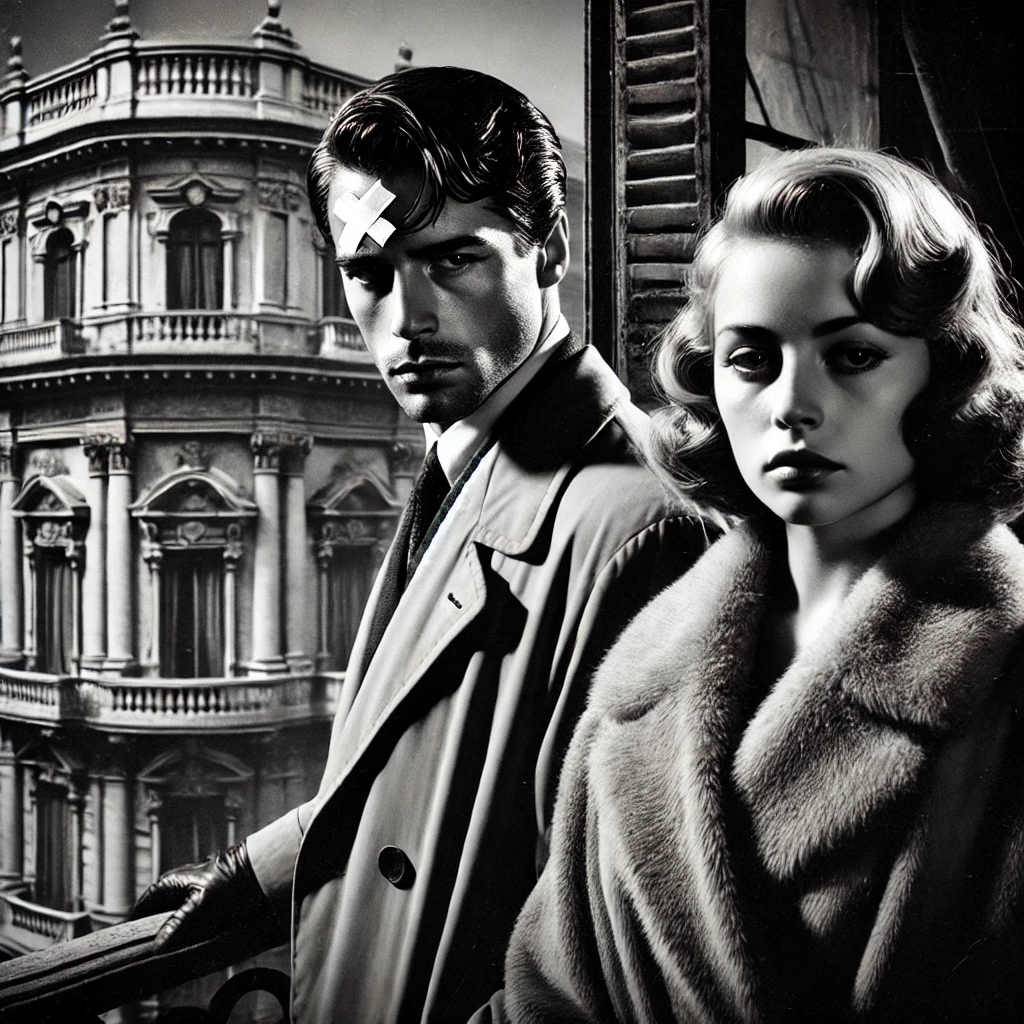
Alain Delon, the legendary French actor, has left an indelible mark on Italian cinema through his collaborations with some of Italy’s most revered directors. His performances in films like “Rocco e i suoi fratelli”, “Il Gattopardo”, and “L’Eclisse” are not only celebrated for their artistic brilliance but also for the vivid Italian settings that provided the backdrop to these cinematic masterpieces. Revisiting the locations where these films were shot offers a unique journey into the heart of Italy, exploring the landscapes and cities that have become part of Delon’s storied legacy.
1. Milan: “Rocco e i suoi fratelli” (1960)
Directed by Luchino Visconti, “Rocco e i suoi fratelli” is a quintessential Italian film that tells the story of a southern Italian family struggling to survive in the industrial north. The film is set against the backdrop of Milan, Italy’s booming economic capital during the 1960s.
- Locations to Visit:
- Navigli District: Many scenes in the film depict the working-class neighborhoods of Milan. The Navigli District, with its network of canals and narrow streets, captures the essence of the city during this era. Visitors can walk along the Naviglio Grande and imagine Delon’s character, Rocco, navigating these streets as he grapples with the challenges of his new life in Milan.
- Porta Ticinese: Another significant location in the film is the Porta Ticinese area, where several key scenes were shot. This historic gate and its surrounding district offer a glimpse into the Milan of the past, with its mix of old-world charm and modern development.
2. Sicily: “Il Gattopardo” (1963)
Visconti’s “Il Gattopardo” (The Leopard) is a grand historical epic that chronicles the decline of the Sicilian aristocracy during the Risorgimento. Alain Delon played the role of Tancredi, a young nobleman who embodies the changing tides of Italy’s history.
- Locations to Visit:
- Palermo: Much of the film was shot in Palermo, Sicily’s capital, where the grandeur of the city’s palaces and churches perfectly complements the film’s themes of aristocratic decay. The Palazzo Valguarnera-Gangi, where the famous ballroom scene was filmed, is a must-visit. This palatial residence showcases the opulence and fading glory of the Sicilian nobility.
- Donnafugata Castle: Located in the Ragusa province, this castle served as the location for Prince Salina’s estate in the film. Its majestic gardens and sprawling estate provide a stunning backdrop that transports visitors to the world of “Il Gattopardo”, where Delon’s character navigates the complexities of love and loyalty.
- Monreale: The Monreale Cathedral, with its exquisite mosaics and stunning architecture, was also featured in the film. This location, perched on a hill overlooking Palermo, offers breathtaking views and a deep connection to Sicily’s rich cultural heritage.
3. Rome: “L’Eclisse” (1962)
In Michelangelo Antonioni’s “L’Eclisse”, Delon portrays a stockbroker in Rome who becomes romantically involved with a young woman disillusioned by modern life. The film is a profound exploration of alienation in the contemporary world, with Rome serving as both a character and a backdrop.
- Locations to Visit:
- Eur District: Much of “L’Eclisse” was shot in the Eur district of Rome, a modernist area developed during Mussolini’s regime. The stark, geometrical architecture of this district mirrors the film’s themes of isolation and disconnection. Visitors can explore the iconic Palazzo della Civiltà Italiana, also known as the “Square Colosseum,” which appears in several scenes.
- Via Veneto: Although less prominent in the film, Via Veneto, known for its association with Rome’s glamorous La Dolce Vita era, contrasts the cold modernism of the Eur district. Delon’s character navigates the spaces between these contrasting worlds, embodying the existential tensions that define the film.
- Fiumicino Airport: The film’s closing scenes were shot at the then-new Fiumicino Airport (Leonardo da Vinci International Airport). The sleek, modern design of the airport in the early 1960s emphasized the film’s futuristic and somewhat alienating atmosphere, making it an intriguing place to visit today.
Conclusion: A Cinematic Journey Through Italy
Revisiting the locations of Alain Delon’s Italian films offers a unique way to experience the country’s diverse landscapes and cities. Each location not only serves as a backdrop for these iconic films but also provides a deeper understanding of the historical and cultural contexts that shaped them. Whether wandering through the bustling streets of Milan, the historic grandeur of Sicily, or the modernist architecture of Rome, these places continue to resonate with the cinematic legacy of Alain Delon and the Italian masters with whom he collaborated.
Exploring these locations is more than just a journey through film history; it’s a voyage into the heart of Italy, seen through the eyes of one of Europe’s most enigmatic stars.